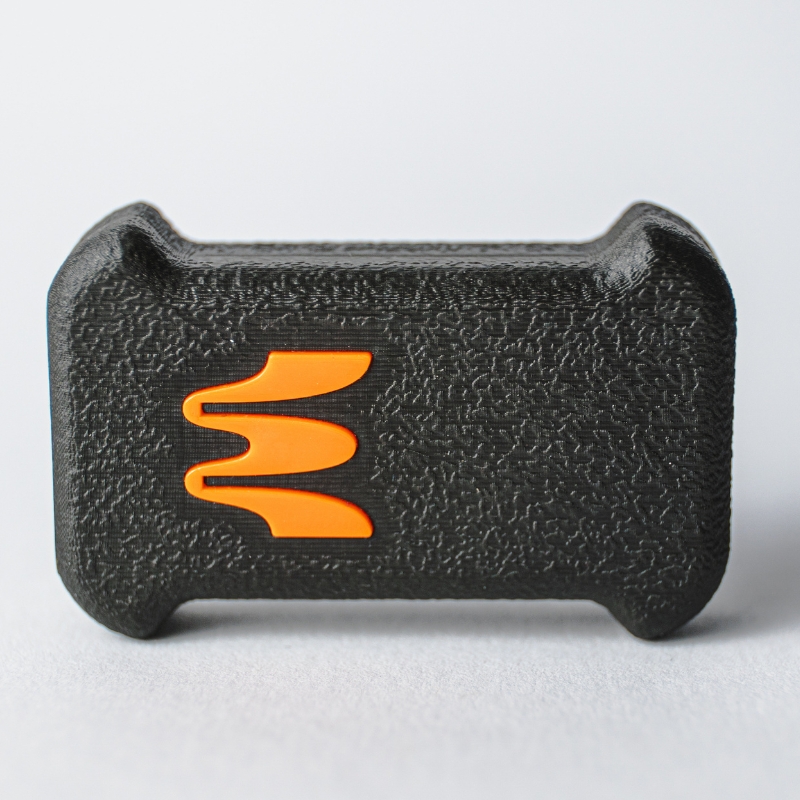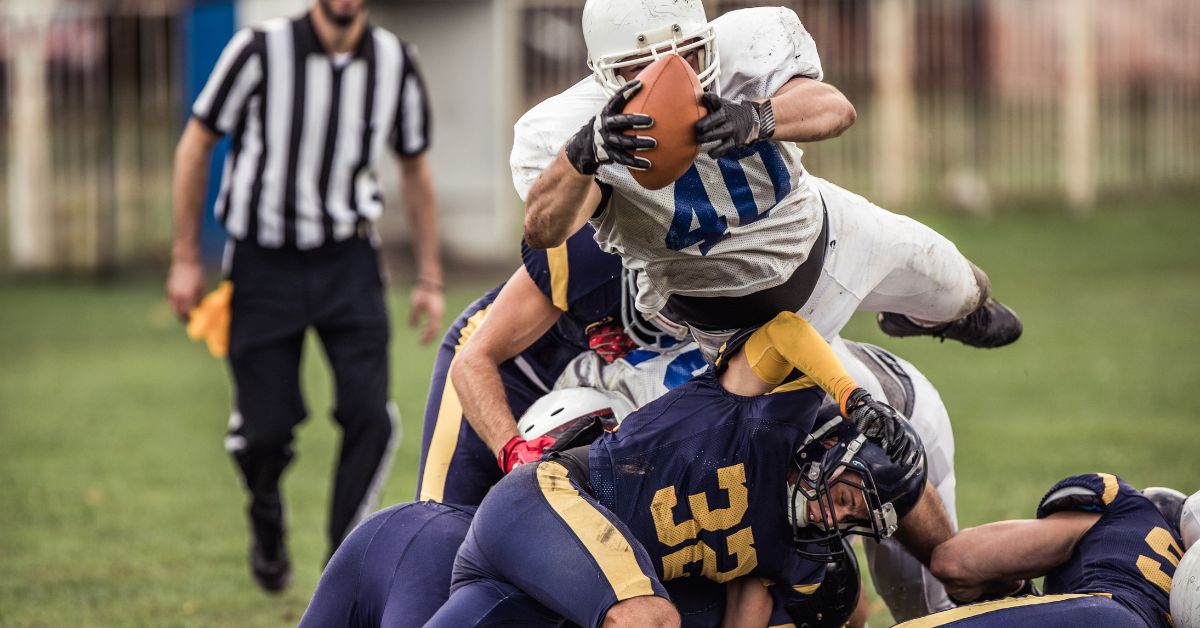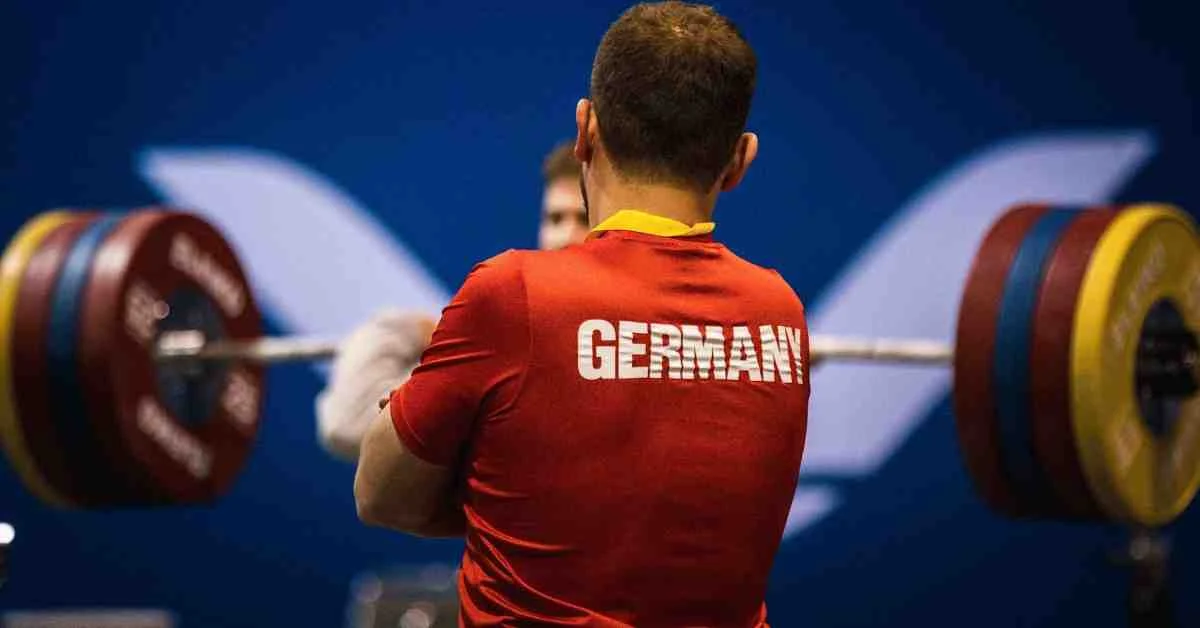Sports are a high-stakes world where milliseconds and millimeters can make the difference between victory and defeat, and power is a key component in the recipe for success.
But exactly what is power in sport? And how do we actually develop it effectively?
Let’s dive into this whole concept of power in sport, discussing why it’s important, how to train for it, and check out how velocity-based training (VBT) and devices like the Enode Sensor can be game-changers in building this game-winning skill.
What Is Power In Sport?
Power in sport is more than just brute strength—but power and strength are strongly connected!
Power is the ability to exert maximum force in the shortest amount of time.
This combination of strength and speed is highly important in many sports, from track and field to team sports like football and basketball.
Power enables athletes to perform explosive movements like sprinting, jumping, and throwing with better efficiency and effectiveness—and every edge over competition is something we take!
Power Definition In Sport
Power is mathematically expressed as:
Power = [(Force x Distance) ÷ Time]
This equation highlights how important both force and velocity are in generating power…
An athlete’s ability to produce power is not only dependent on their strength, but also on their ability to move quickly.
So, training programs that focus on developing both these aspects are a must for optimizing athletic performance.
Power in Physical Fitness
Power plays a big role in physical fitness and overall athletic performance.
It’s a key factor in many physical activities, including:
- Sprinting: The ability to accelerate quickly and maintain high speeds.
- Jumping: Key for sports like basketball, volleyball, and track and field events.
- Throwing: Important for sports such as baseball, javelin, and shot put.
- Agility: Improves your ability to make quick changes in direction, important for sports like soccer and tennis.
Incorporating power training into workout programs helps athletes improve almost all types of strength, but especially their explosive strength, leading to better performance and reduced risk of injury since they’re more equipped to handle greater forces.
It’s all about being intentional with your training goals.
Building Power with Velocity-Based Training
Velocity-based training (VBT) is an approach that focuses on the speed of movement rather than the amount of weight lifted to determine the most optimal working weights.
By monitoring the velocity of each rep, athletes and coaches can tailor their training programs to optimize power development.
Here are a couple more velocity-based training pros:
- Immediate Feedback: Provides real-time feedback on performance, allowing for immediate adjustments.
- Intentional Training: Ensures that athletes train at the optimal intensity for power development.
- Customization: Allows for individualized training programs based on an athlete’s specific needs and capabilities on a daily basis (e.g. if they are highly fatigued for a training session).
VBT Devices for Power
One of my favorite tools for implementing VBT for power is the Enode Sensor.

It measures the velocity of each movement, providing immediate, accurate, and actionable data to optimize training.
The Enode Sensor has several features that make it great for power training:
- Real-Time Feedback: Delivers instant data on movement velocity so that athletes can make immediate adjustments.
- Detailed Data: Tracks several metrics, including peak velocity, average velocity, and power output.
- Convenient: Small, lightweight, and durable for every training session. Plus, it comes with a carry case that you can toss into your gym bag.
The Enode Sensor gives coaches and athletes valuable insight into performance, which allows us to make data-driven decisions for our power training.
Conclusion
Power is a fundamental aspect of athletic performance, influencing everything from sprinting speed to jumping height.
At SimpliFaster, we are dedicated to providing the best tools and resources to help athletes and coaches increase power and achieve their performance goals.
Explore our range of products and educational resources to take your training to the next level!
FAQs
Why is power important in football?
Power is important in football because it combines strength and speed to execute quick, explosive movements. These movements are required for things like sprinting, tackling, and jumping. Power enables players to accelerate rapidly, change direction quickly, and exert maximum force in the shortest time possible.
What is the definition of power?
Power is the ability to exert maximum force in the shortest amount of time. It’s a combination of strength and speed, allowing an athlete to perform explosive movements efficiently.
What sport is an example of power?
Track and field events, particularly the 100-meter sprint and shot put, are great examples of sports that require a high degree of power. These events demand quick, explosive bursts of energy and maximum force application in a very short timeframe.
What does power mean in exercise?
In exercise, power refers to the capacity to generate maximum force rapidly. This involves performing movements that require both strength and speed, such as plyometrics, Olympic lifts, and sprinting. Developing power is a must for improving overall athletic performance and enhancing specific sport-related skills.
What’s the difference between strength and power?
Strength is the ability to exert force against resistance, whereas power is the ability to exert that force quickly. Strength involves sustained effort over a period of time, while power focuses on the speed of force application. For example, lifting a weight slowly demonstrates strength, while lifting a weight quickly demonstrates power.
What are examples of power in physical fitness?
Examples of power exercises include plyometric drills such as box jumps, medicine ball throws, and clap push-ups. Olympic weightlifting movements like the clean and jerk or snatch also require power. These exercises are designed to improve the body’s ability to exert force quickly.






